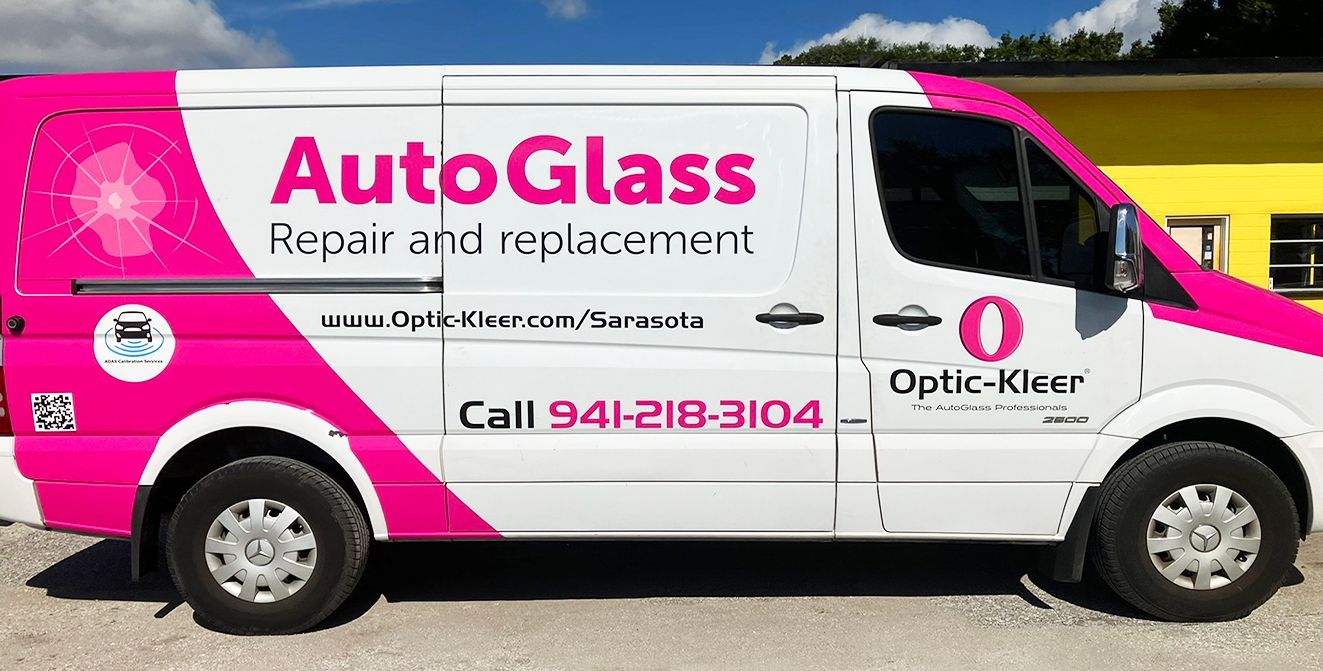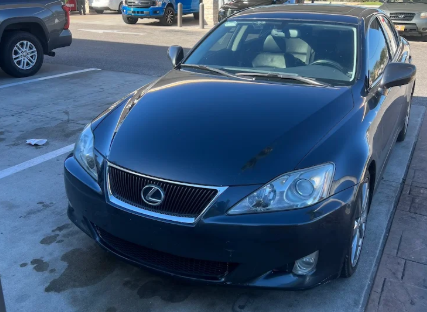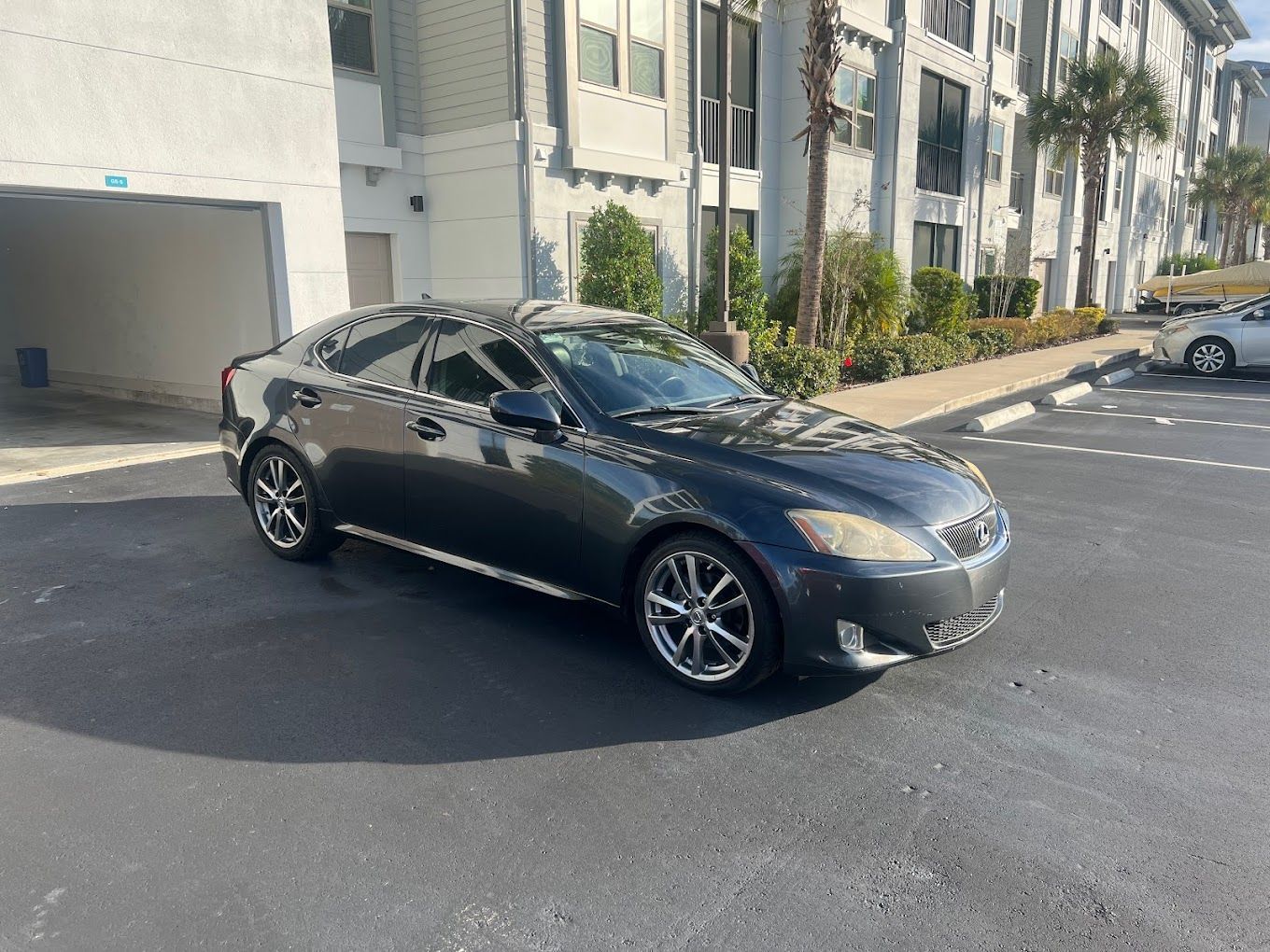Understanding ADAS Technology and Why Calibration Matters
ADAS and Windshield Calibration: What Every Driver Should Know
If your vehicle corrects your steering when you drift out of your lane, alerts you to vehicles in your blind spot, or adapts your cruise control speed to the traffic in front of you, then you use ADAS technology. ADAS stands for Advanced Driver Assistance Systems, and it is the technology responsible for your vehicle’s safety features.
Experts recommend calibrating this technology after a windshield replacement or, in some cases, after a collision. This ensures the accuracy of your safety features. ADAS technology can be complex and requires a lot of training and experience to master, but here are the basics of ADAS technology and calibration:
Types of ADAS Technology
There are two types of ADAS technology: passive and active systems. Passive systems alert the driver but require human intervention. Active systems can control your vehicle for you when necessary.
Passive Systems:
- Anti-Lock Braking System (ABS): Useful if your vehicle begins to slide or skid; activates when the emergency brake is applied.
- Electronic Stability Control (ESC): Stabilizes your vehicle when you oversteer or understeer.
- Traction Control System (TCS): Prevents your wheels from slipping by keeping your tires gripped to the road when you accelerate.
- Lane Departure Warning (LDW): Notifies the driver when they cross over into another lane.
- Forward Collision Warning (FCW): Alerts the driver if the vehicle is likely to be involved in a forward collision due to an obstacle.
- Blind Spot Detection: Often shows an indicator light, sometimes on your side mirror, when there is a vehicle or object in your blind spot.
- Rear Cross Traffic Alert: Often combined with the use of a backup camera, this feature assists with reversing by alerting you of any obstacles behind your vehicle.
- Parking Assistance: This system guides the driver into various parking positions.
Active Systems:
- Emergency Steering: Combined with forward collision warning mechanisms, it steers the vehicle away from obstacles while driving to avoid collisions.
- Automatic Emergency Braking: Applies brakes when there is an imminent collision threat due to an obstacle in front of the vehicle.
- Adaptive Cruise Control: This system will adjust your speed to the traffic in front of you so you can rest your legs while you drive.
- Lane Keeping Assist and Lane-Centering: Combined with lane departure warning systems, they can bring your vehicle back into the center of your lane when you drift over the line.
- Traffic Jam Assist: Allows for less effort on your part in stop-and-go traffic.
- Self Parking: Uses sensors and cameras to park your car perfectly between the lines.
What is ADAS Calibration?
ADAS calibration is the process of aligning your vehicle’s cameras and sensors to ensure your safety features are accurate. There are two types of ADAS calibration: static and dynamic. Static calibration is when your vehicle is placed on a flat surface facing various special targets. Your technician will use these targets along with specialized programs to calibrate your ADAS technology. Dynamic calibration involves taking your vehicle onto the road and exposing the cameras and sensors to road markings, signs, and traffic to calibrate the technology.
Why is ADAS Calibration Important?
Some of the cameras and sensors in your vehicle are mounted to the inside of your windshield and need to be removed briefly while your windshield is replaced. This means they need to be put back correctly as well. It is very important that this technology is properly aligned because if it is off even one degree, it could lead to up to 20 feet of inaccuracy on the road.
This could cause your safety features to fail or malfunction, putting you, your passengers, and other drivers at risk. When you get in a collision, it is possible for cameras and sensors to shift, which may result in you needing a calibration. If you’ve just received a windshield replacement or your safety features aren’t performing properly after an accident, it’s time for an ADAS calibration.
Do You Need ADAS Calibration in Sarasota, FL?
ADAS calibrations are crucial for keeping drivers safe on the road. They are often necessary after a windshield replacement or a major collision. To keep your safety features accurate, ensure the auto glass company you choose can calibrate your ADAS technology after your windshield replacement.
Optic-Kleer offers certified ADAS calibration in Sarasota, Lakewood Ranch, Southgate, FL, and surrounding areas. If you need a windshield replacement or ADAS calibration, contact us today for a free quote or to schedule your appointment.




